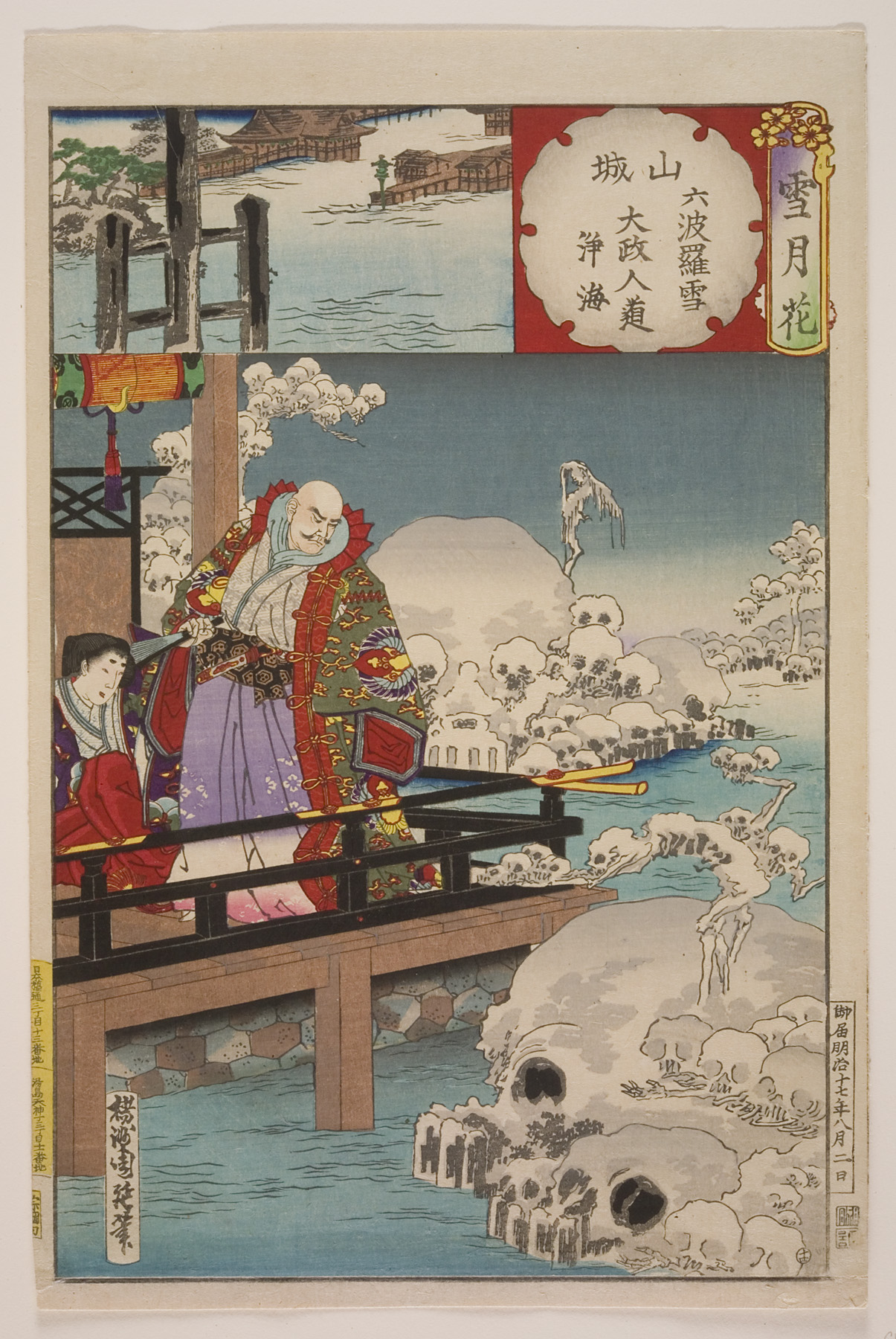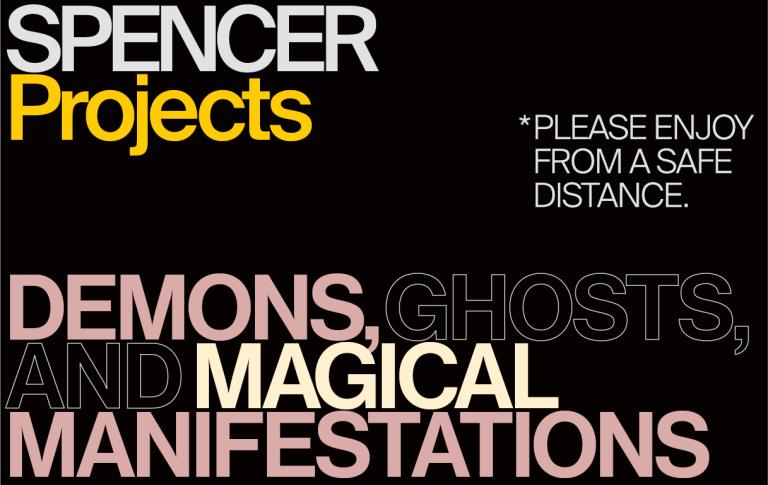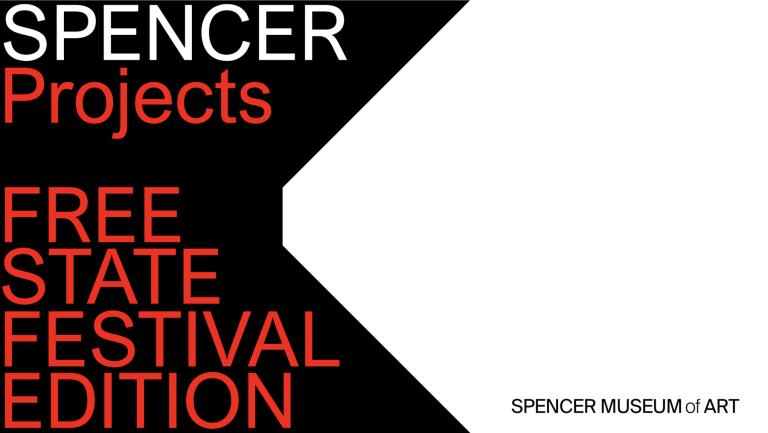Yamashiro rokuhara yuki: dajō nyū dō jōkai (#14 Priest Premier Jōkai Looking at Snow in Rokuhara), Toyohara Chikanobu
Artwork Overview
Toyohara Chikanobu, artist
1838–1912
Yamashiro rokuhara yuki: dajō nyū dō jōkai (#14 Priest Premier Jōkai Looking at Snow in Rokuhara),
1884, Meiji period (1886–1912)
Portfolio/Series title: Setsugekka (Snow, Moon and Flowers)
Where object was made: Japan
Material/technique: color woodcut
Dimensions:
Image Dimensions Height/Width (Height x Width): 325 x 215 mm
Sheet/Paper Dimensions (Height x Width): 354 x 230 mm
Image Dimensions Height/Width (Height x Width): 12 13/16 x 8 7/16 in
Sheet/Paper Dimensions (Height x Width): 13 15/16 x 9 1/16 in
Mat Dimensions (Height x Width): 19 x 14 in
Image Dimensions Height/Width (Height x Width): 325 x 215 mm
Sheet/Paper Dimensions (Height x Width): 354 x 230 mm
Image Dimensions Height/Width (Height x Width): 12 13/16 x 8 7/16 in
Sheet/Paper Dimensions (Height x Width): 13 15/16 x 9 1/16 in
Mat Dimensions (Height x Width): 19 x 14 in
Credit line: Museum purchase: Lucy Shaw Schultz Fund
Accession number: 1995.0003
Not on display
If you wish to reproduce this image, please submit an image request



